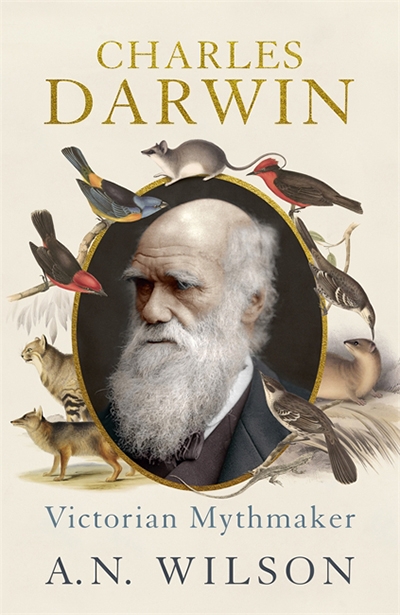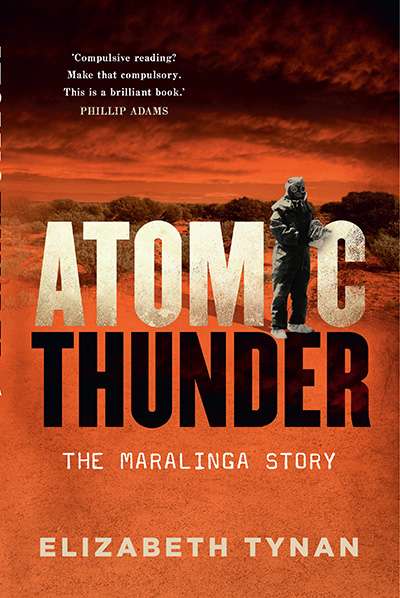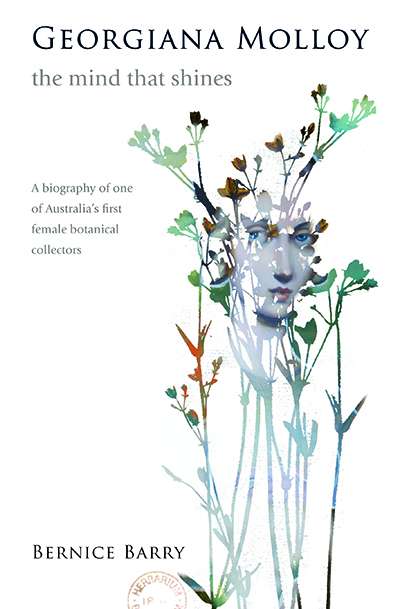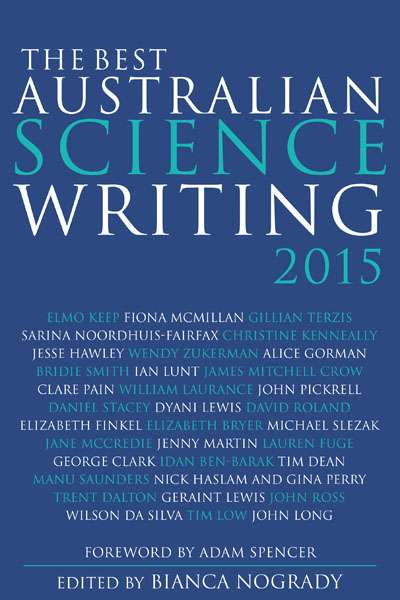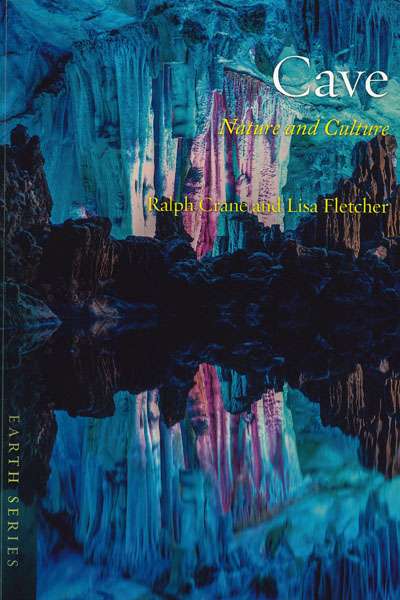Danielle Clode
To complement our coverage of new books on the subject, we invited a number of writers, scholars, and environmentalists to nominate the books that have had the greatest effect on them from an environmental point of view.
... (read more)Wild Man From Borneo: A cultural history of the Orangutan by Robert Cribb, Helen Gilbert, and Helen Tiffen
by Danielle Clode •
Crusoe’s Island: rich and curious history of pirates, castaways and madness by Andrew Lambert
by Danielle Clode •
The Best Australian Science Writing edited by Bianca Nogrady
by Danielle Clode •
To complement the essays, commentaries, reviews, and photographic essay in this issue, we asked a group of leading environmentalists, scientists, commentators, and writers what they regard as the most urgent action needed for environmental reform.
Wayne Bergmann
There is an urgent need for widespread recognition of the interrelationship between the ...

